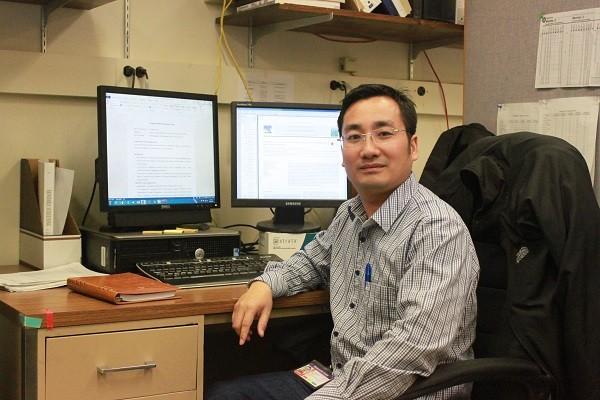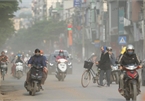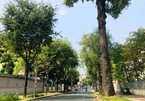Dr Tran Manh Tri from the University of Natural Sciences and his co-workers are studying the appearance of phthalates, called the ‘silent killer’ in indoor air, which can give predict their impact on human health and indoor air quality in the future.

Dr Tran Manh Tri
Phthalates belong to a group of plasticizers used as additives in plastic materials, added to increase their flexibility. Since phthalates are widely used, they exist everywhere and enter food chains as well.
The toxicity of phthalates has been studied on animals in the laboratory. They change hormones in reproductive and excretory systems of rats and rabbits, and are known as a "silent killer".
In Vietnam, MOH (the Ministry of Health) in 2011 set a regulation on the maximum content of DEHP (belonging to phthalates) in drinks. However, the understanding about phthalate distribution in the environment and the risk of exposure to phthalates remains modest.
The important result of the research is the mapping of phthalate distribution in indoor air and identification of environmental sources. The study also estimates the risks and levels of phthalate exposure through air inhalation for people of different ages.
| The important result of the research is the mapping of phthalate distribution in indoor air and identification of environmental sources. The study also estimates the risks and levels of phthalate exposure through air inhalation for people of different ages. |
Tri said since this is new research in Vietnam, he and his co-workers have had to spend much time on choosing analytical conditions to optimize the method.
The other difficulty is that phthalates can be easily contaminated from the laboratory environment, so it is necessary to standardize analytical techniques during the experimental process.
Asked about his research plans, Tri said he intends to assess the level of pollution and exposure risks from different environments (ambient air, dust, beverages, food, etc).
He will also continue studying the other compounds which are also agents that cause endocrine disorders and affect public health, such as siloxanes, parabens, alkylphenols, bisphenol A and benzophenone.
The air pollution in Vietnam is mostly PM 2.5 dust pollution. Direct contact with PM2.5 dust can lead to serious respiratory, cardiovascular and neurological diseases.
Gas emissions from vehicles, exhaust from factories and air pollutants from construction sites were identified as the three main causes of the deteriorating air quality in large cities .
The Ta Quang Buu Award is a Ministry of Science and Technology (MST) award that honors scientists with outstanding achievements in research in the fields of natural sciences and engineering.
Thien Nhien

Hanoi air pollution remains bad
Air pollution in Hanoi is still bad despite social distancing regulations.

Air pollution improves in Hanoi as people stay at home, practice social distancing
The social distancing policy has minimized emission activities, improving the air quality in Hanoi. However, the activities in the neighborhoods and surrounding provinces still show certain effects on air quality.
 A research work on the presence of phthalates in indoor air in northern provinces has been nominated for the 2020 Ta Quang Buu Award.
A research work on the presence of phthalates in indoor air in northern provinces has been nominated for the 2020 Ta Quang Buu Award.